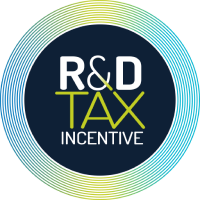What's a project in the RDTI context?
Grouping eligible activities together and naming your project
When applying for the RDTI, you are asked to describe eligible activities under a project name.
Remember, a project in the context of the RDTI is simply a way to group similar eligible activities together, then track expenditure against them.
The project name on your application, therefore, does not need to reflect an actual project in real life.
Different ways to structure your project
In many instances, your project is likely to represent a subset of activities from a broader commercial project you’re doing.
Or if you’re doing multiple projects that share a set of common core activities, you may choose to make each core activity a project, and lodge a separate application for each.
Remember that the activities that make up a project in the RDTI context are activities that are focused on resolving your scientific or technological uncertainty.
What if I’m a start-up with a single, overarching focus?
If you’re a start-up and everything you do is directed towards one purpose, the term project may not be that meaningful for you.
In this scenario, you may decide to create an overall ‘project’ name and list all your eligible activities under that heading.
Alternatively, you may choose to create a separate ‘project’ for each core R&D activity.
How you structure your project is up to you
There are no rules around how you configure eligible activities on your application.
As long as there’s a logical connection, and you don’t ‘double up’ by claiming for activities already claimed for under another project, it’s entirely up to you.
